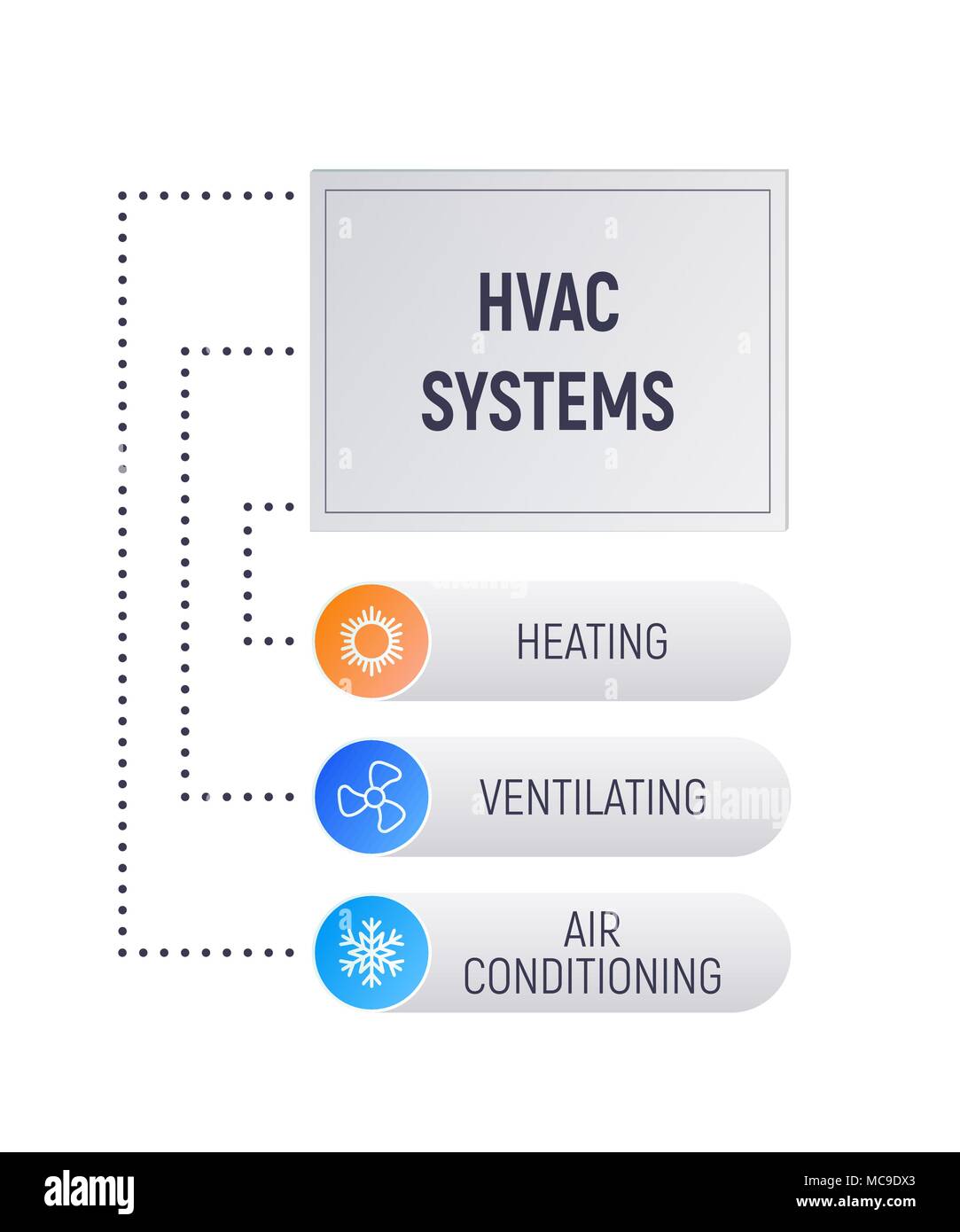The Ultimate Overview To Understanding Heat Pumps - Exactly How Do They Work?
The Ultimate Overview To Understanding Heat Pumps - Exactly How Do They Work?
Blog Article
Developed By-Hoppe Raymond
The best heatpump can save you substantial quantities of cash on power costs. They can likewise help reduce greenhouse gas discharges, especially if you make use of electricity instead of nonrenewable fuel sources like propane and heating oil or electric-resistance heaters.
Heatpump function very much the same as ac unit do. This makes them a practical choice to standard electrical home heater.
Just how They Work
Heat pumps cool down homes in the summertime and, with a little aid from electricity or gas, they give a few of your home's home heating in the winter months. They're an excellent choice for people that intend to reduce their use nonrenewable fuel sources but aren't all set to change their existing furnace and air conditioning system.
They count on the physical truth that even in air that seems as well cold, there's still power present: warm air is constantly moving, and it intends to move into cooler, lower-pressure environments like your home.
Most power STAR licensed heat pumps operate at near to their heating or cooling capability throughout a lot of the year, reducing on/off cycling and saving energy. For the very best efficiency, focus on systems with a high SEER and HSPF rating.
The Compressor
The heart of the heatpump is the compressor, which is also known as an air compressor. This mechanical moving gadget uses prospective energy from power production to increase the pressure of a gas by lowering its volume. https://www.streetinsider.com/SEC+Filings/Form+8-K+Fusion+Pharmaceuticals+For%3A+Jun+01/18514359.html is different from a pump in that it only deals with gases and can't collaborate with fluids, as pumps do.
Atmospheric air goes into the compressor via an inlet valve. It circumnavigates vane-mounted arms with self-adjusting length that divide the interior of the compressor, creating numerous cavities of varying size. The rotor's spin forces these cavities to move in and out of phase with each other, compressing the air.
The compressor reels in the low-temperature, high-pressure cooling agent vapor from the evaporator and presses it right into the hot, pressurized state of a gas. learn more is duplicated as needed to supply home heating or air conditioning as required. The compressor additionally includes a desuperheater coil that recycles the waste warm and adds superheat to the cooling agent, changing it from its liquid to vapor state.
The Evaporator
The evaporator in heat pumps does the very same point as it does in refrigerators and air conditioning unit, altering liquid refrigerant right into an aeriform vapor that removes heat from the room. Heat pump systems would not function without this important tool.
This part of the system is located inside your home or structure in an interior air trainer, which can be either a ducted or ductless system. It contains an evaporator coil and the compressor that presses the low-pressure vapor from the evaporator to high pressure gas.
Heat pumps take in ambient warmth from the air, and then make use of electrical energy to transfer that warm to a home or company in home heating setting. That makes them a lot extra energy effective than electrical heaters or furnaces, and because they're making use of tidy electrical energy from the grid (and not melting fuel), they also generate far fewer discharges. That's why heatpump are such fantastic environmental options. (As well as a substantial reason they're coming to be so prominent.).
The Thermostat.
Heatpump are fantastic choices for homes in cool climates, and you can utilize them in mix with traditional duct-based systems and even go ductless. They're a terrific different to nonrenewable fuel source heater or typical electrical heating systems, and they're much more sustainable than oil, gas or nuclear a/c equipment.
Your thermostat is one of the most vital element of your heatpump system, and it works very in a different way than a standard thermostat. All mechanical thermostats (all non-electronic ones) work by using compounds that change size with enhancing temperature level, like coiled bimetallic strips or the broadening wax in an auto radiator shutoff.
These strips include 2 different sorts of metal, and they're bolted with each other to form a bridge that finishes an electrical circuit connected to your heating and cooling system. As the strip gets warmer, one side of the bridge increases faster than the various other, which triggers it to bend and signify that the heater is needed. When the heatpump remains in heating mode, the reversing shutoff reverses the circulation of refrigerant, to make sure that the outside coil currently works as an evaporator and the indoor cylinder ends up being a condenser.